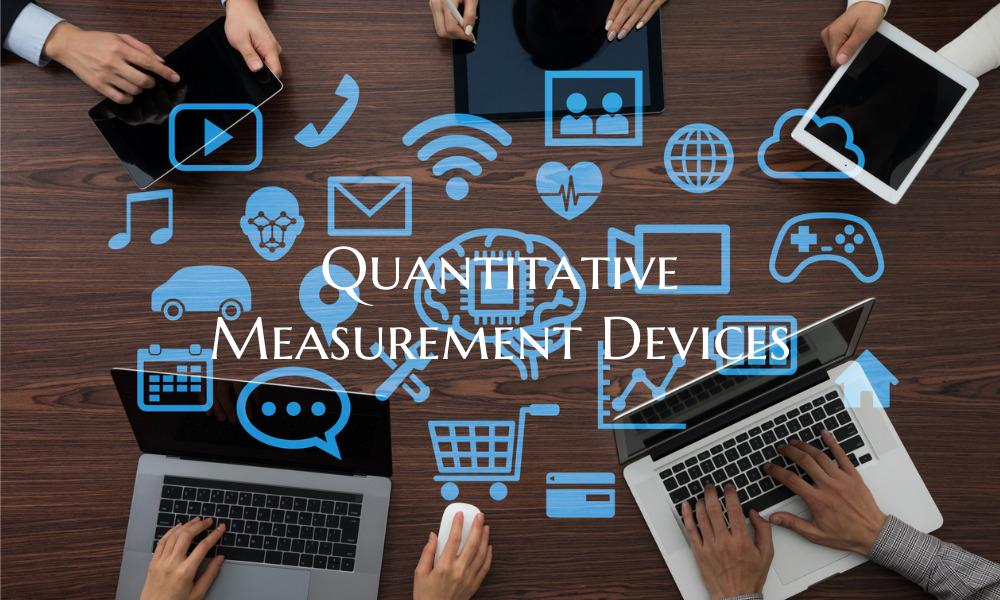Quantitative Measurement Devices
Quantitative measurement devices play a crucial role in various fields, including science, engineering, healthcare, manufacturing, and research. These devices are designed to provide accurate and precise measurements of physical quantities, enabling professionals to make informed decisions based on reliable data. Here are some key aspects to understand about quantitative measurement devices:
1. Accuracy and Precision: Quantitative measurement devices are engineered to deliver accurate and precise measurements. Accuracy refers to how close a measured value is to the true value, while precision relates to the consistency of repeated measurements. High-quality measurement devices ensure both accuracy and precision, which are essential for obtaining reliable data.
2. Types of Quantitative Measurement Devices: There is a wide range of quantitative measurement devices available, each tailored to measure specific physical quantities. Common examples include thermometers for temperature measurement, rulers for length measurement, scales for weight measurement, and voltmeters for electrical potential measurement. Advanced devices such as spectrophotometers, flow meters, and oscilloscopes cater to more specialized measurement needs.
3. Applications in Various Fields: Quantitative measurement devices find applications across diverse fields. In scientific research, these devices are used to gather data for experiments and studies. Engineers rely on measurement devices to ensure the accuracy of structural designs and electrical systems. Healthcare professionals use devices like blood pressure monitors and glucose meters to monitor patients' health parameters accurately.
4. Quality Control and Assurance: In manufacturing and industrial settings, quantitative measurement devices are vital for quality control and assurance. Precise measurements ensure that products meet required specifications and standards. Calibrating measurement devices regularly is necessary to maintain their accuracy and reliability.
5. Advancements in Technology: With advancements in technology, quantitative measurement devices have become more sophisticated and efficient. Digital displays, data logging capabilities, and wireless connectivity are some features that enhance the functionality of modern measurement devices. Additionally, automation and integration with software systems streamline data collection and analysis processes.
6. Calibration and Maintenance: Regular calibration and maintenance are essential practices to uphold the accuracy of quantitative measurement devices. Calibration involves adjusting the device to match a known standard, ensuring that measurements remain accurate over time. Proper maintenance, including cleaning, storage, and preventive servicing, prolongs the lifespan and performance of measurement devices.
In conclusion, quantitative measurement devices are indispensable tools that support accurate data collection, analysis, and decision-making in various professional fields. Understanding the importance of these devices and utilizing them effectively can significantly enhance the quality and reliability of measurements in science, industry, healthcare, and research.

